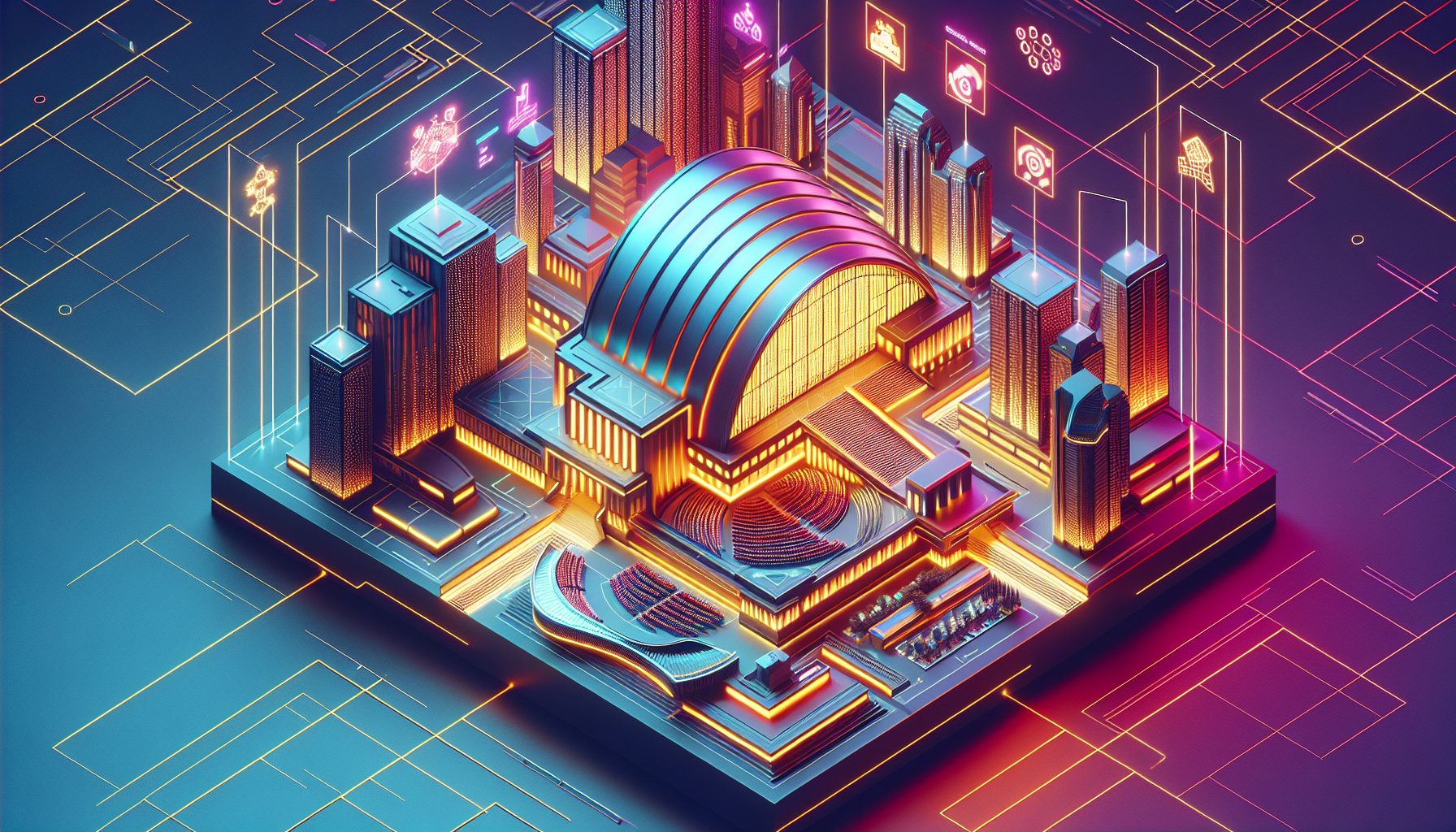Google DeepMind has trained a robot to play table tennis at an amateur human level. The robot won 13 out of 29 games against human opponents of varying skill levels. The robotic arm has a 3D-printed paddle attached to it.
It uses cameras to track the ball’s position and a motion capture system to follow the human opponent’s playing style. Pannag Sanketi, a senior staff software engineer at Google DeepMind, led the project. “The way the robot outmaneuvered even strong opponents was mind-blowing,” he said.
The researchers used a two-part approach to train the robot. First, they trained it in computer simulations to master hitting skills. Then, they fine-tuned it with real-world data to allow continuous improvement over time.
The robot collected data during matches to refine its tactics and improve its performance progressively.
google DeepMind’s ping pong challenge
This created a continuous feedback loop.
However, the robot struggled with certain scenarios. It had difficulty hitting the ball when it was moving very fast, was beyond its field of vision, or had significant spin. Advanced players exploited these weaknesses.
Chris Walti, founder of robotics company Mytra and former head of Tesla’s robotics team, noted the difficulty of accurately simulating real-world conditions. “It’s very, very difficult to actually simulate the real world because there’s so many variables,” he said. Google DeepMind aims to address these limitations by developing predictive AI models and better collision-detection algorithms.
The human players enjoyed playing against the robotic arm and saw it as a potential dynamic practice partner. “I would definitely love to have it as a training partner, someone to play some matches from time to time,” said one of the participants. The project marks a significant step toward creating robots capable of performing useful tasks in settings such as homes and warehouses.
Lerrel Pinto, a computer science researcher at New York University, praised the project as “a fantastic example” of robot systems working with and around real humans.










